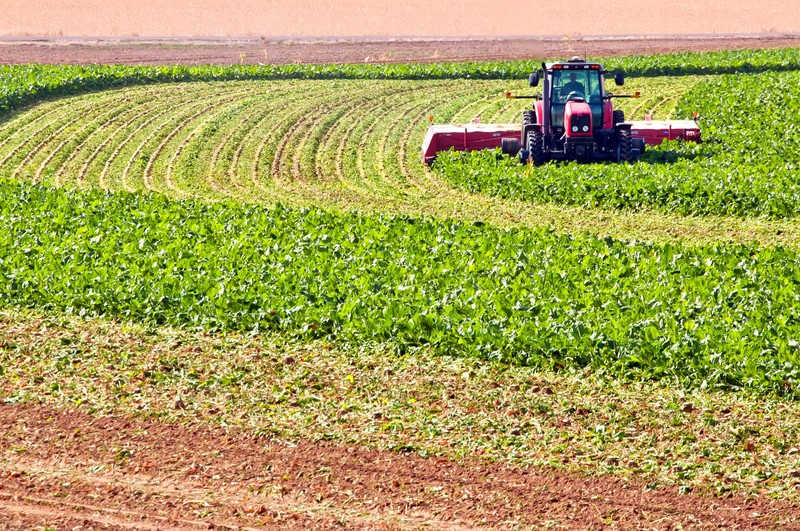Is Camelina The Rising Star Of The Grain And Seed Industry?

It is a farmer’s dream to grow two crops in one field at the same time. Utopia? Not really. A 24-acre test plot in Minnesota is the place of this experiment where Camelina and soybeans were planted in the same field. If it works out then the grain and seed industry will have a new crop to offer, with another benefit to you, and to the sustainability of this planet.
What is Camelina?
It is a plant of the mustard family. Originally it came from Eastern Europe and Russia and is also known under the names Gold of Pleasure, German Sesame, or False Flax.
Camelina, like oats and rye is considered a secondary crop, but due to its high oil content of 38-43%, it attracted renewed interest. The oil is rich in omega-3 with 31.2% (Canola has 6.6%), and has an alpha-linolenic acid (ALA) content of up to 45% (Canola 10%) and its protein content is 27-32%. Up to 64% of the fatty acids in cold-pressed Camelina oil are polyunsaturated. The plant grows about two to three feet high, and in the test plot, it will be harvested by cutting it right above the soybean plants.
What is Camelina used for?
The FDA approved Camelina meal as a cattle feed supplement in the US, and in feed for broiler chickens, and for laying hens. With its high protein content, it is a good alternative to other supplements already on the market.
On February 25, 2013, the EPA approved the advanced biofuel pathway for this plant. This decision adds to the list of biodiesel feedstocks that meet EPA standards and provides another option for the production of sustainable domestic biodiesel. Studies have shown that Camelina based jet fuel reduced net carbon emissions by up to 80%. The United States Navy ran their first tests with aviation biodiesel, and Boeing made headlines earlier this year with an announcement that biodiesel could create a lot of jobs, and save around 700,000 tons of carbon dioxide per year.
How is Camelina grown?
This annual crop requires the same equipment as wheat. It is a short–season crop (85-100 days), which adapts very well to a variety of climates and soil conditions. It can be sown as early as right after thawing, but can also be grown as a winter annual in milder climates. This plant tolerates frost (as low as 12°F), as well as drought, where it thrives better than in wet, poorly drained soils. Unlike spring Canola, Camelina proved to be tolerant of flea beetles and other insects. Like many short-season crops Camelina requires a modest amount of nitrogen.
The crop can stand for up to six weeks after full maturity without pod shatter or seed loss. Nevertheless, it is always a good idea to harvest it as soon as it is ready. After harvest, the seeds should be dried so that they have a moisture content of 8%. This is necessary because of the high oil content.
Back in Minnesota, where the Camelina harvest has been brought in, the field now stands still in soybeans. They will grow to full maturity and be harvested later in the season. Even though the double feature harvest is still in an experimental phase, signs are promising. And with drought looming over the lower Midwest and West, it is always a good idea to have a Plan B for your grain production.
To help evaluate the moisture content or weight of your crop of any kind, please contact us via e-mail, or call toll-free at 866-668-4855.
